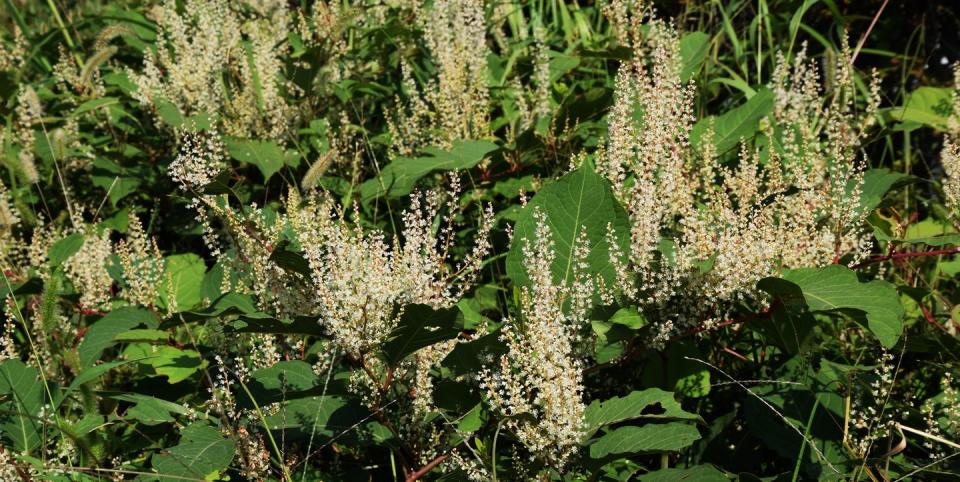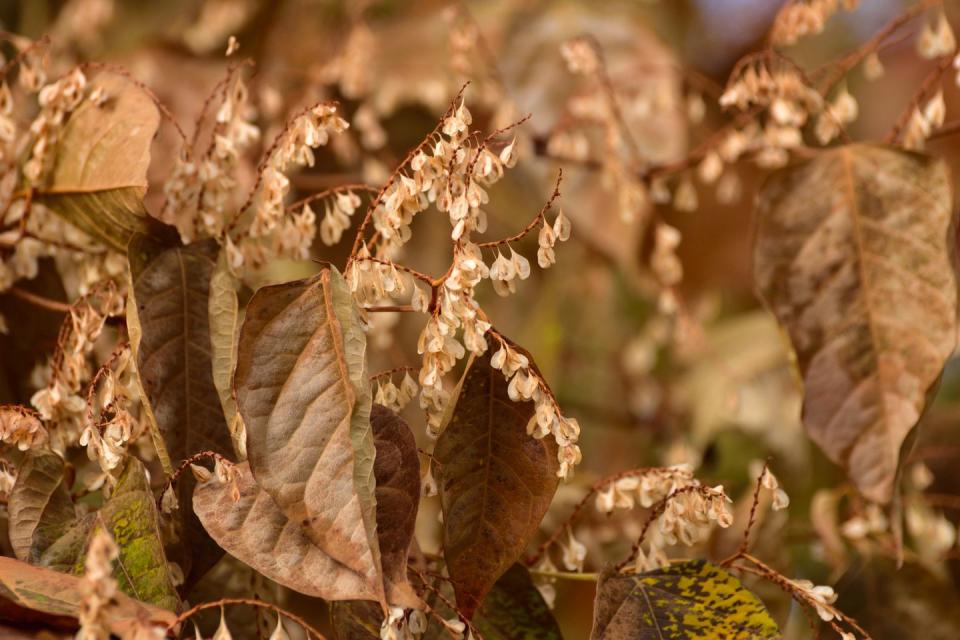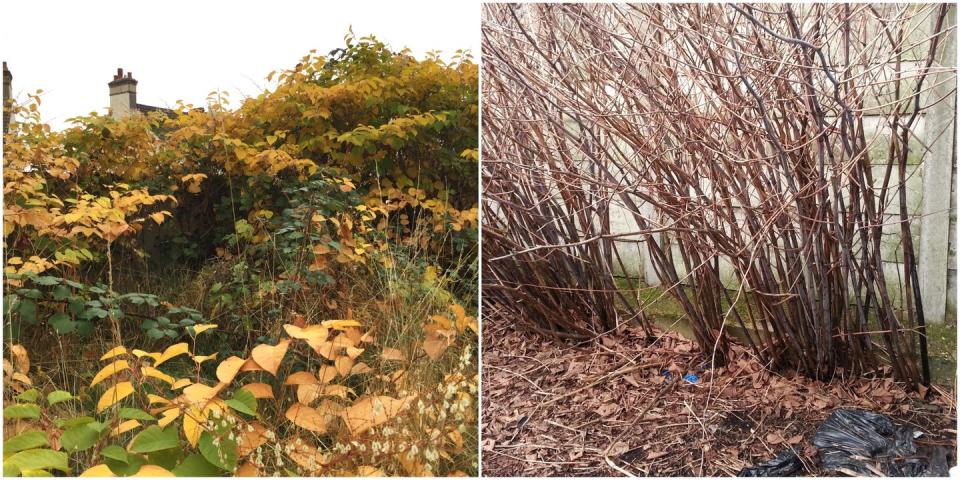House hunters urged to be extra vigilant for signs of Japanese knotweed

House hunters buying a property this winter are being urged to be extra vigilant for signs of Japanese knotweed as sellers could attempt to hide the invasive plant as it starts to die back.
After the first frost, Japanese knotweed leaves turn yellow and eventually fall off. The bamboo-like canes lose their green appearance and start to turn brown and brittle. This is the start of the winter dormancy period, and while the plant appears dead, the root underneath is still very much alive, replenished with new energy reserves from the summer’s growth. Once spring arrives, the dormant plant will be ready to re-emerge.
As Japanese knotweed starts to die back from October onwards, it can be easier for sellers to take advantage of those looking to buy a home and try to cover up any traces of the destructive plant. But sellers who fail to admit to traces of the plant are putting themselves at risk of future litigation once the knotweed is discovered.
According to Environet, there is an estimated 2,400 cases of Japanese knotweed concealment during property transactions every year. A recent study by YouGov found that four per cent of people selling a property would try to cover it up.

'People buying property during the winter months are undoubtedly at greater risk of knotweed concealment and should be actively looking for signs of the invasive plant,' said Nic Seal, Founder and MD of Environet.
'Often the canes have been removed but the crown is still visible in the ground, or in extreme cases membranes are laid horizontally in the ground or a path or lawn is laid over it.
'A surveyor should identify knotweed if it's visible but the plant could be easily missed if a seller is determined to hide it.'

It's a legal requirement for homeowners affected by the intrusive plant to declare its presence when they sell their home on the Law Society TA6 Form. If you're planning a house viewing this winter, be sure to question the seller about the plant's presence.
Remember: as long as a professional treatment plan is in place with an insurance-backed guarantee (and the mortgage lender is satisfied) the transaction can still go ahead.
Like this article? Sign up to our newsletter to get more articles like this delivered straight to your inbox.
You Might Also Like

 Yahoo Finance
Yahoo Finance 